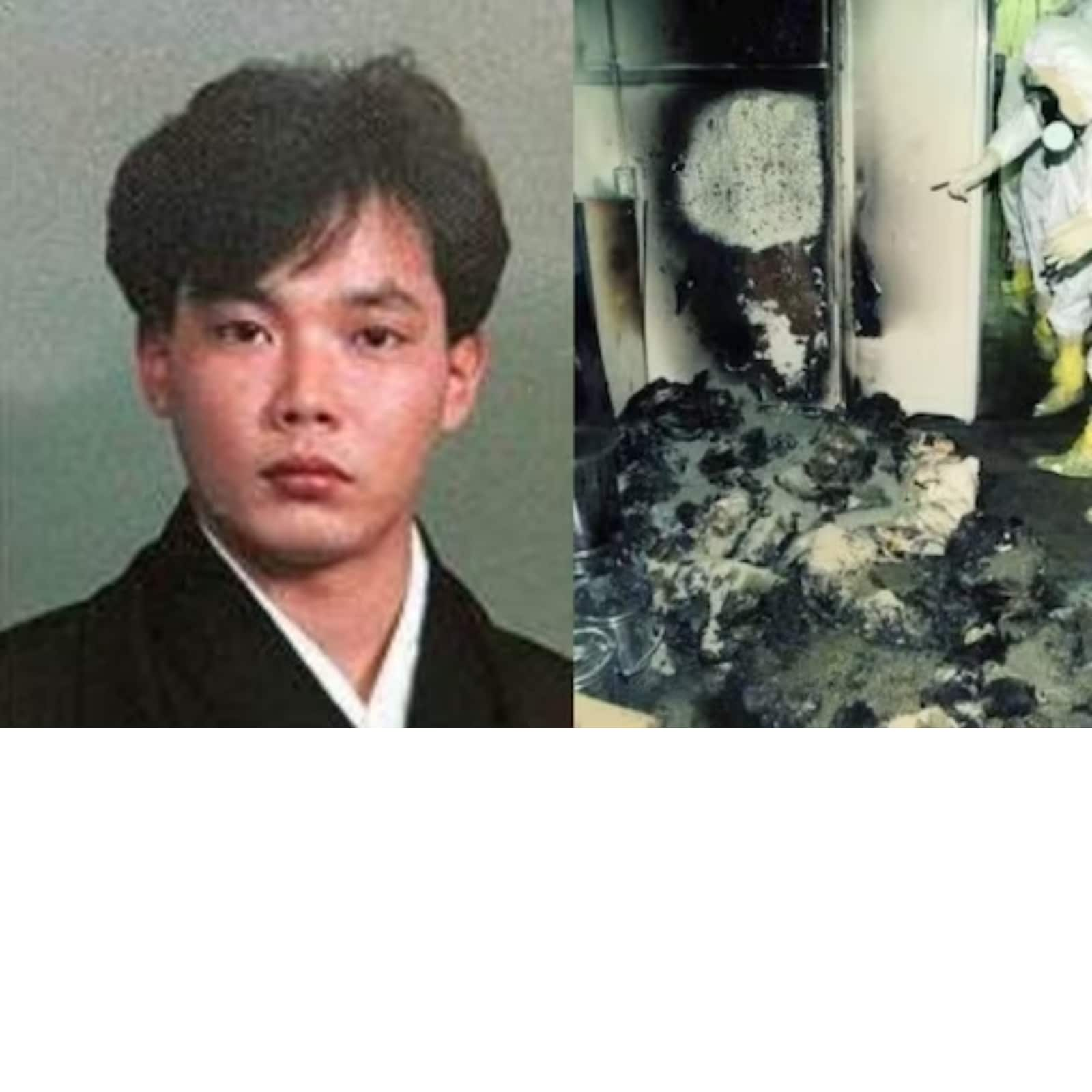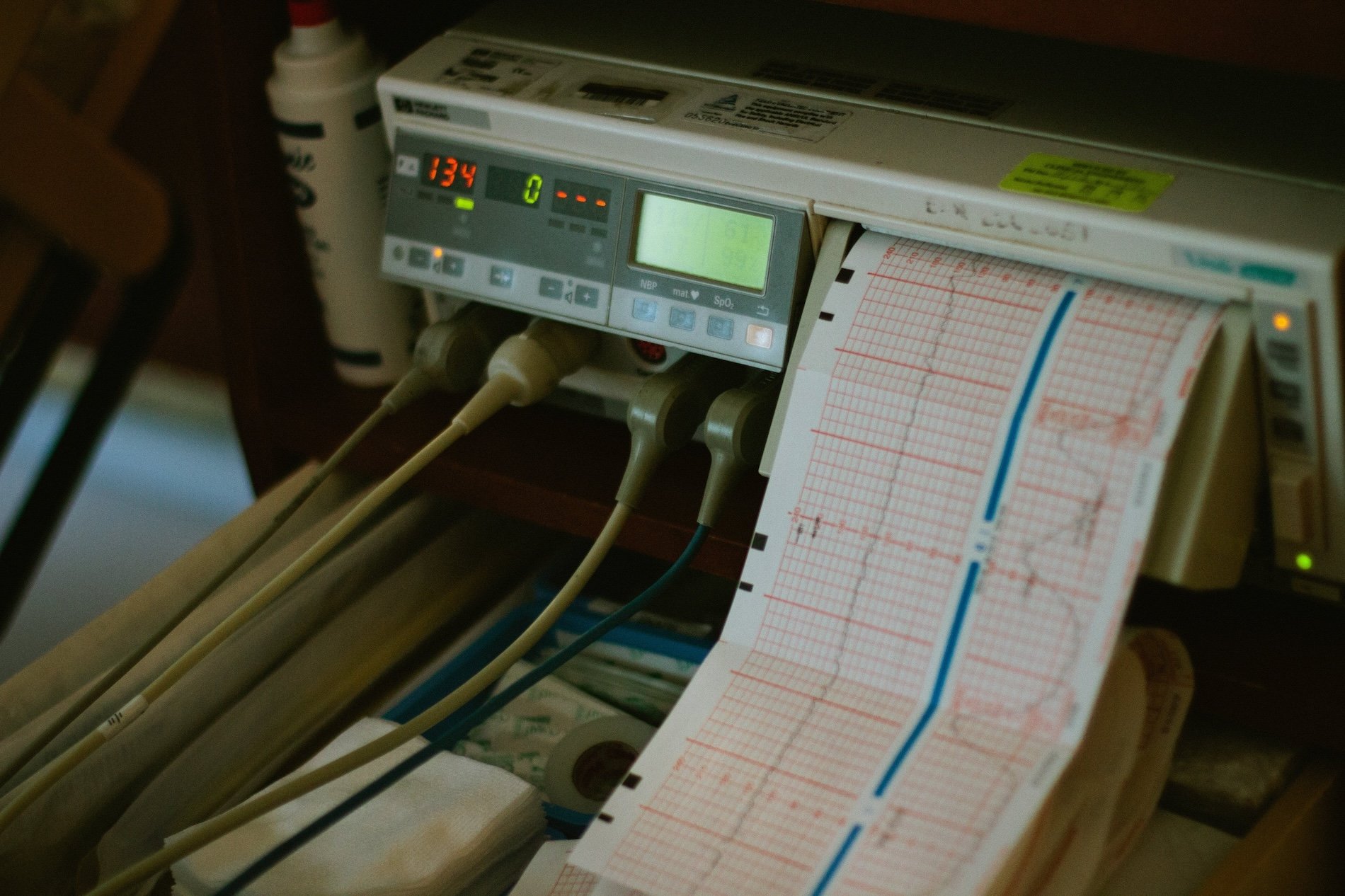Understanding The Graphic Photos Of Hisashi Ouchi: A Deep Dive Into A Tragic Incident
This ain't just another story—it’s a deep dive into a tragedy that shook the world. The graphic photos of Hisashi Ouchi have been circulating for years, but do we truly understand the weight behind them? These images aren’t just pixels on a screen; they’re a reminder of what happens when safety measures fail. Let’s take a closer look at this heartbreaking incident and uncover the truth behind those haunting visuals.
When you first stumble upon the graphic photos of Hisashi Ouchi, it’s easy to feel overwhelmed. But before we dive into the details, let’s pause for a moment. This isn’t just about the images themselves—it’s about the human story behind them. Hisashi Ouchi was more than a victim; he was a reminder of the dangers lurking in nuclear facilities worldwide.
Now, buckle up because we’re about to embark on a journey that will change how you view nuclear safety. We’ll explore Hisashi’s life, the incident itself, and why these photos matter so much. It’s not just about understanding the tragedy—it’s about learning from it.
- Sheepworld Ohne Dich Ist Alles Doof Die Besten Geschenkideen
- Flohmarkt Kln Ikea Butzweilerhof Termine In Deiner Nhe
A Quick Bio of Hisashi Ouchi: Who Was He?
Before we delve into the incident, let’s get to know the man behind the photos. Hisashi Ouchi wasn’t just a statistic; he was a worker, a family member, and a person with dreams and aspirations. Below is a quick rundown of his life:
| Full Name | Hisashi Ouchi |
|---|---|
| Date of Birth | April 19, 1968 |
| Place of Birth | Japan |
| Occupation | Nuclear Plant Worker at JCO Facility |
| Date of Incident | September 30, 1999 |
| Date of Passing | December 21, 1999 |
Hisashi Ouchi was a 31-year-old nuclear plant worker when the unthinkable happened. His life was cut tragically short due to a catastrophic error at the JCO facility in Tokaimura, Japan. But who was he beyond the headlines? He was a dedicated employee, a son, and a friend whose untimely death served as a wake-up call for the nuclear industry.
What Happened at the JCO Facility?
The incident at the JCO facility wasn’t just a random accident—it was a perfect storm of human error and systemic failure. On September 30, 1999, Hisashi Ouchi and two other workers were preparing a batch of uranium fuel when things went horribly wrong. Instead of following proper safety protocols, they mixed the uranium solution in a stainless-steel bucket, which initiated a criticality event—a self-sustaining nuclear chain reaction.
Think of it like this: Imagine you’re playing with fire, but instead of a small flame, you’ve ignited an inferno. That’s essentially what happened. The criticality event exposed Ouchi and his colleagues to lethal doses of radiation, far beyond what any human can survive.
Why Did the Incident Occur?
So, why did this happen? Let’s break it down:
- Human Error: The workers deviated from standard procedures, mixing the uranium in an improper container.
- Inadequate Training: The employees lacked proper training on handling nuclear materials safely.
- Regulatory Failures: The JCO facility had a history of cutting corners on safety measures to save time and money.
It’s not just about blaming the workers—it’s about understanding the broader context. This incident highlighted the dangers of prioritizing profit over safety, a lesson the nuclear industry couldn’t afford to ignore.
The Graphic Photos: What Do They Show?
Now, let’s talk about the elephant in the room—the graphic photos of Hisashi Ouchi. These images are not for the faint of heart. They show the devastating effects of radiation exposure on the human body. Ouchi suffered from severe burns, organ failure, and extensive tissue damage. His skin was literally peeling off, and his condition deteriorated rapidly.
But why are these photos so significant? They serve as a visual testament to the dangers of nuclear accidents. They’re a stark reminder of what happens when safety protocols are ignored. These images aren’t just meant to shock—they’re meant to educate and prevent future tragedies.
What Can We Learn From the Photos?
Here’s the deal: the graphic photos of Hisashi Ouchi aren’t just about the horror; they’re about the lesson. They teach us:
- The importance of strict safety regulations in nuclear facilities.
- The devastating impact of radiation exposure on the human body.
- The need for transparency and accountability in the nuclear industry.
These photos aren’t just a cautionary tale—they’re a call to action. They remind us that every safety measure matters and that cutting corners can have catastrophic consequences.
The Medical Journey of Hisashi Ouchi
After the incident, Hisashi Ouchi was rushed to the hospital, where he underwent intensive treatment. Doctors battled tirelessly to save his life, but the damage was already done. Ouchi’s body had absorbed a staggering amount of radiation, equivalent to over 17 sieverts—a dose that’s almost impossible to survive.
His medical journey was nothing short of heroic. He endured multiple surgeries, skin grafts, and blood transfusions. Despite the best efforts of medical professionals, Ouchi succumbed to his injuries on December 21, 1999, after 83 days of suffering.
What Did the Doctors Face?
The medical team treating Hisashi Ouchi faced unprecedented challenges:
- They had to deal with severe radiation sickness, which is extremely rare in civilian cases.
- They had to manage organ failure, skin deterioration, and other life-threatening complications.
- They had to balance treatment with the ethical dilemma of prolonging suffering versus easing pain.
It’s a testament to their dedication that Ouchi survived as long as he did. But ultimately, the damage was too extensive, and his body couldn’t recover.
The Aftermath: Lessons Learned
The incident at the JCO facility sent shockwaves through the nuclear industry. It led to sweeping changes in safety regulations, stricter oversight, and increased transparency. Governments and organizations around the world took notice, implementing measures to prevent similar tragedies.
But the lessons didn’t stop there. The incident highlighted the importance of:
- Proper training for nuclear workers.
- Robust safety protocols in nuclear facilities.
- Public awareness and education about nuclear risks.
Hisashi Ouchi’s story is a sobering reminder of the dangers of complacency. It’s a call to action for everyone involved in the nuclear industry to prioritize safety above all else.
How Did the Industry Respond?
Here’s how the nuclear industry responded to the tragedy:
- Stricter regulations were implemented worldwide.
- Facilities underwent thorough inspections and audits.
- Training programs were revamped to emphasize safety.
It’s not just about reacting to a tragedy—it’s about preventing the next one. The industry took significant steps to ensure that what happened to Hisashi Ouchi would never happen again.
Public Perception and Media Coverage
When the graphic photos of Hisashi Ouchi surfaced, they sparked a global outcry. People were horrified by the images, but they also demanded answers. The media coverage of the incident was extensive, shedding light on the dangers of nuclear accidents and the need for reform.
But how did the public react? Here’s a breakdown:
- There was widespread outrage over the lack of safety measures.
- People demanded accountability from the JCO facility and the Japanese government.
- There was a push for greater transparency in the nuclear industry.
The incident also sparked debates about the future of nuclear energy. While some argued for its continued use, others called for a shift toward safer alternatives. It’s a conversation that’s still ongoing today.
How Did the Media Handle It?
The media played a crucial role in bringing the story to light. But they also faced criticism for sensationalizing the graphic photos. Here’s how they handled it:
- Some outlets published the photos with warnings about their graphic nature.
- Others focused on the human story behind the images.
- A few criticized the lack of regulation and oversight in the nuclear industry.
It’s a delicate balance between informing the public and respecting the dignity of the victims. The media had to walk a fine line, and not everyone agreed with their approach.
Scientific Insights: Radiation and Its Effects
To truly understand the graphic photos of Hisashi Ouchi, we need to delve into the science of radiation. What exactly happens to the human body when it’s exposed to high levels of radiation? Let’s break it down:
Radiation damages cells by breaking their DNA strands. This leads to a cascade of effects, including:
- Cell death and tissue damage.
- Organ failure and systemic collapse.
- Increased risk of cancer and genetic mutations.
Hisashi Ouchi’s exposure was so severe that his body couldn’t recover. It’s a stark reminder of the dangers of radiation and the importance of safety measures.
How Does Radiation Affect the Body?
Here’s a closer look at the effects of radiation on the human body:
- Short-term effects include nausea, vomiting, and skin burns.
- Long-term effects include cancer, infertility, and genetic damage.
- Severe exposure can lead to acute radiation sickness and death.
Understanding these effects is crucial for preventing future incidents. It’s not just about the science—it’s about the people behind the numbers.
Conclusion: Remembering Hisashi Ouchi
As we wrap up this deep dive into the graphic photos of Hisashi Ouchi, let’s take a moment to reflect. This wasn’t just another tragedy—it was a wake-up call for the nuclear industry. Hisashi’s story reminds us of the importance of safety, accountability, and transparency.
So, what can you do? Share this article with others. Start conversations about nuclear safety. And most importantly, remember Hisashi Ouchi—not just as a victim, but as a person whose life mattered.
Call to Action: Leave a comment below sharing your thoughts on this tragedy. Let’s keep the conversation going and honor Hisashi’s memory by learning from his story.
Table of Contents
A Quick Bio of Hisashi Ouchi: Who Was He?
What Happened at the JCO Facility?
The Graphic Photos: What Do They Show?
The Medical Journey of Hisashi Ouchi
The Aftermath: Lessons Learned
Public Perception and Media Coverage
Scientific Insights: Radiation and Its Effects
Conclusion: Remembering Hisashi Ouchi
- Krawatte Zeichnen Lernen Ideen Amp Anleitungen So Gehts
- Rohe Kartoffel Kalorien Nhrwerte Zubereitung Alles Was Du Wissen Musst

Unveiling The Tragic Story Behind Hisashi Ouchi Photo A Deep Dive

Understanding The Tragic Story Behind Hisashi Ouchi Photos

Understanding The Tragic Story Of Hisashi Ouchi A RealLife Nuclear